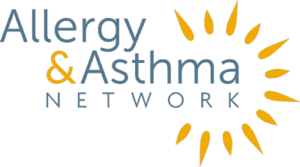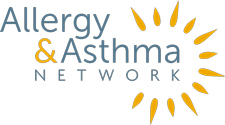By Erin Malawer
When my son was in first grade, he joined his class in celebrating the completion of a school-wide charity project. All the students were proud, and the faculty even more so.
The teachers planned to reward the students with popsicles – just the kind of unexpected treat kids live for!
Knowing my son’s food allergies, the teacher went to the administrative offices to check the ingredients. The coordinator read off the ingredient list one by one, all safe relative to my son’s peanut, tree nut and dairy allergies. And then, she read a final statement: “Contains trace amounts of milk.”
“So that should be fine,” the coordinator said.
“No!” replied the teacher, who also has food allergies. “He’s allergic to dairy. Milk is dairy!”
My son avoided an allergic reaction that day thanks to the teacher’s quick thinking and familiarity with reading food labels.
Many parents, teachers, school nurses and administrators often make food allergy decisions based on food labels. Deciphering ingredients and warning statements can sometimes feel like reading a foreign language.
Understanding the requirements that govern food allergy labeling can make those decisions much easier. In 2006, the Food Allergen Labeling and Consumer Protection Act (FALCPA) went into effect with the goal of improving food label information for families with food allergies.
- Under FALCPA, companies are required to label the top 8 allergens. The law also requires manufacturers to label ingredients made with proteins from those allergens.
- The law gives manufacturers a choice of how to label the food source allergen. They can either list the allergen in the ingredient list, such as “whey (milk) or lecithin (soy), or use a “Contains” statement such as “Contains tree nuts, egg and shellfish.”
- If the manufacturer thinks there’s a chance an allergen may be present in a food, they can voluntarily put a “May contain…” or “Made in a facility with…” advisory statement on the label. It’s best to avoid foods with these statements, many allergists say, as it may not be worth the risk.
- Manufacturers might use the same facility or equipment to produce two different food products, and if one is an allergen, there is potential for cross-contact.
You’ll need to be extra diligent reading labels to avoid an ingredient outside of the top 8 food allergens. Learn alternative names for your allergen. For example, sesame may be listed as “tahini” (which is sesame paste), benne seed or generically as “spices.”
Because manufacturers change their ingredients and production methods all the time – and without warning – check labels every time you purchase a food. If you’re unsure about what’s in a food product, call the manufacturer.
Erin Malawer is the founder of AllergyStrong, an organization dedicated to supporting low-income families living with food allergies. Read her blog at shmallergy.wordpress.com.
Reviewed by Andrea Holka, AIRE Nebraska

 810304 Eaton Place, Suite 100
810304 Eaton Place, Suite 100